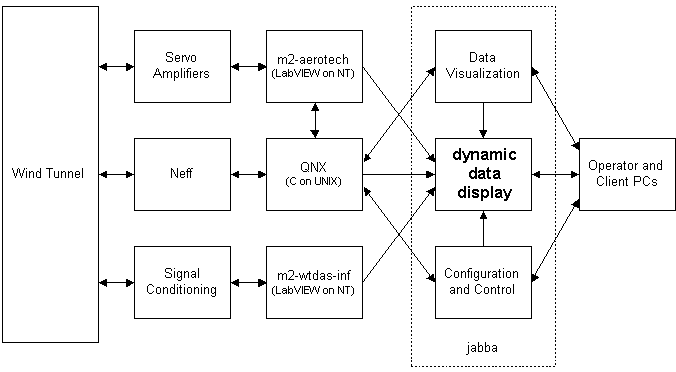
Figure 1: Data acqusition environment overview
A dynamic data-display system using CGI and server push techniques has been developed at the Aerodynamics Laboratory of the Institute for Aerospace Research, National Research Council of Canada. The system has been designed to provide an easily-distributed, dynamic display of wind tunnel data.
The necessity of a centralized data display system became apparent during the development of a new distributed data acquisition system (DAS) for the 2m x 3m Low-speed Wind Tunnel in the Aerodynamics Laboratory. At that time, the DAS consisted of a Silicon Graphics® Unix® workstation named jabba, a PC running QNX® simply called QNX, two PCs running LabVIEW® on Windows NT® named m2-aerotech and m2-wtdas-inf and several other NT-PCs used as smart terminals (Fig 1). Jabba was responsible for data storage and visualization, configuration file manipulation, and this data display system. QNX was the central system that acquired wind tunnel data using a Neff® front end, and was also the source of control and pacing commands for m2-aerotech, the computer responsible for model attitude control. The last major system, m2-wtdas-inf, was the new infrastructure support computer that was under development to replace QNX.
This data acquisition environment dictated two fundamental design criteria for the display system. The first requirement was the need to simultaneously provide the users of several PCs and Unix workstations with a columnar text data display that could be updated dynamically and also retain a specified number of updates for comparative purposes. The second requirement was the need to accept asynchronous data from reporting processes on multiple remote computers. An additional design consideration was the adoption by the software development staff at the Aerodynamics Laboratory of a general policy of using open standards and open-source software wherever possible.
It was decided to implement the inter-process communication using the Transmission Control Protocol / Internet Protocol (TCP/IP), and to implement the user interaction with the Hypertext Transfer Protocol (HTTP), the Common Gateway Interface (CGI), the Hypertext Markup Language (HTML) and the World Wide Web browser, Netscape Navigator®.
Perl (Wall et al, 1996) was chosen to be the primary programming language because it excels at the manipulation of ASCII data and the creation and delivery of HTML pages. Subroutines to easily allow generation of display data have also been written in C (Kernighan and Ritchie, 1978).
The �look and feel� of the user interface and the basic design of the code have been created to be consistent with previously developed web-based applications (Jenkins, 1998, 1999).